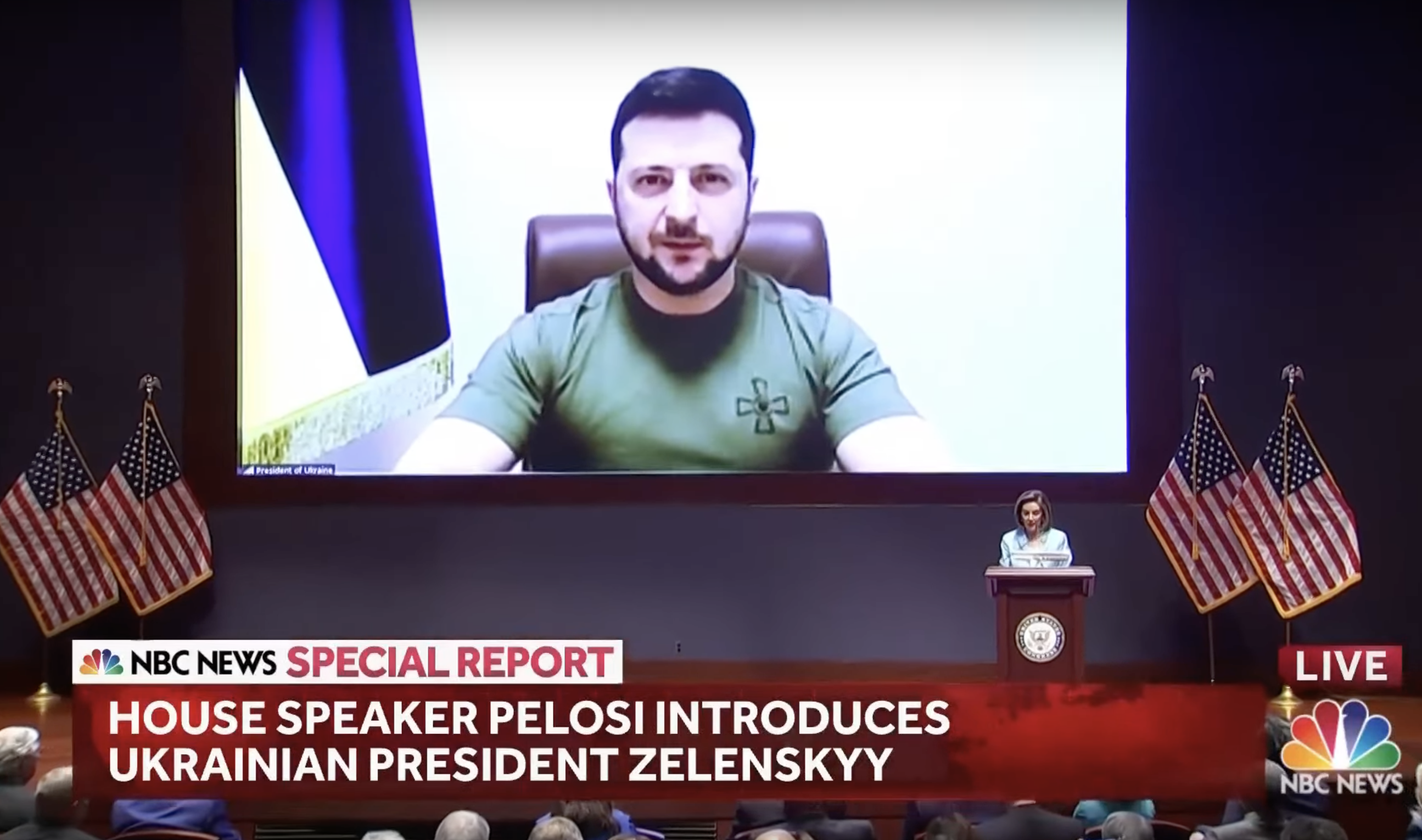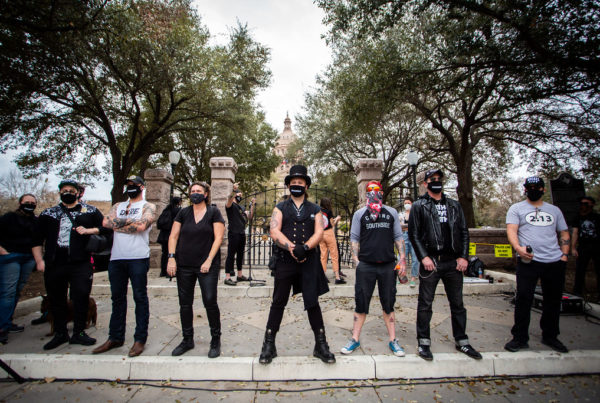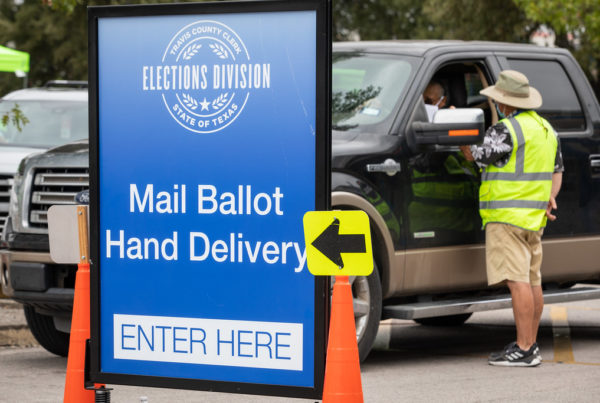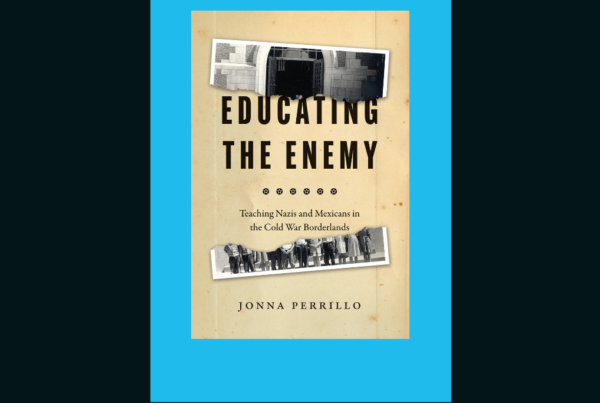Ukrainian President Volodymyr Zelenskyy addressed the U.S. Congress on Wednesday, asking for more support in Ukraine’s war against Russia, including imposing a no-fly zone over his country. But a no-fly zone is almost certainly unlikely.
Texas A&M University professor John Schuessler joined Texas Standard to explain why the United States and NATO would be reluctant to police a no-fly zone, and discuss other ways they might help Ukraine. Schuessler teaches in A&M’s Department of International Affairs at the Bush School of Government and Public Service.
Listen to an interview with Schuessler in the audio player above or read the transcript below.
This transcript has been edited lightly for clarity:
Texas Standard: Ukrainian President Volodymyr Zelenskyy pleaded with the United States to step in yesterday, recalling Pearl Harbor and 9/11 during his speech. Both of those attacks led the United States into war. Is that what the U.S. is weighing?
John Schuessler: I don’t think that is what the U.S. is weighing. President Biden made a decision early on that the United States would not directly involve itself in the war in Ukraine, and he’s been quite clear about that. And I don’t see that changing – most importantly because Ukraine is not a NATO ally, and so the United States is not bound by treaty to come to its defense in that kind of direct way.
One form of support would be NATO imposing a no-fly zone over Ukraine. But what exactly would that mean, and would that draw the U.S. and NATO into a full-fledged war with Russia?
The logic behind a no-fly zone is fairly intuitive. It would basically be a declaration that Russian aircraft are not welcome over Ukrainian airspace. And so you have to ask yourself, well, how would that be enforced? And it would be enforced by NATO achieving dominance, itself, in the air over Ukraine to ensure Russian aircraft couldn’t enjoy freedom of movement there.
Now to do that, you need to be able to suppress or take out Russian air defenses, and then you need to be able to take out any Russian aircraft that defy the no-fly zone. So it would be combat between NATO’s forces and Russian forces.
President Zelenskyy seems to understand that a no-fly zone would not be sanctioned by the United States or NATO. And in his address to Congress, he asked about other forms of military aid. But what would that entail, and could that also provoke Russia?
Right now, we are providing munitions that are useful for the Ukrainians in their war against Russia, primarily antitank and antiair missiles. Where things get tricky is those munitions have to get from NATO’s countries, particularly Poland, into Ukraine. And the worse the war goes for Russia, the more they’ll be tempted to strike out at those munitions as they’re making their way into Ukraine. And that’s one way the war could spread.
Related, you might have seen that there was a request to transfer Polish fighter jets to Ukraine, and the United States, among others, poured cold water on this, again, because of the possibility for drawing NATO more into the war than it wants to be. For example, if these fighter jets are taking off from German territory [, for example] and they’re flying toward Ukraine, and the Russians choose to target them, is that an attack on a NATO member? This is where things get very tricky.
How likely is it that the United States or NATO will end up in this war? And is that something you think Congress would approve?
I’d say it’s a low-probability event. If you think about the Cold War, the United States and the Soviet Union managed to get by through those many decades without directly confronting each other in too public of a way. I think, in good measure, because each side has nuclear weapons, and the thought of escalation is too terrifying. So I think the same dynamic will prevail today. The implications of a wider war between NATO and Russia are just too terrible.
I do think there is a fair amount of sentiment to do more for the Ukrainians and to give the Russians a bloody nose, given how blatant the aggression has been in this case. But those sentiments and instincts have to be tempered by prudence, and I think that’s what will prevail.














